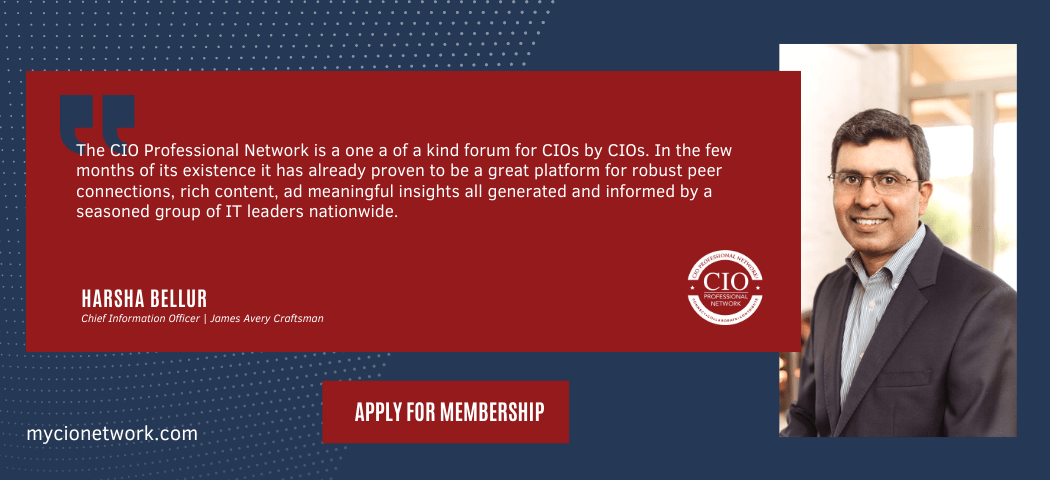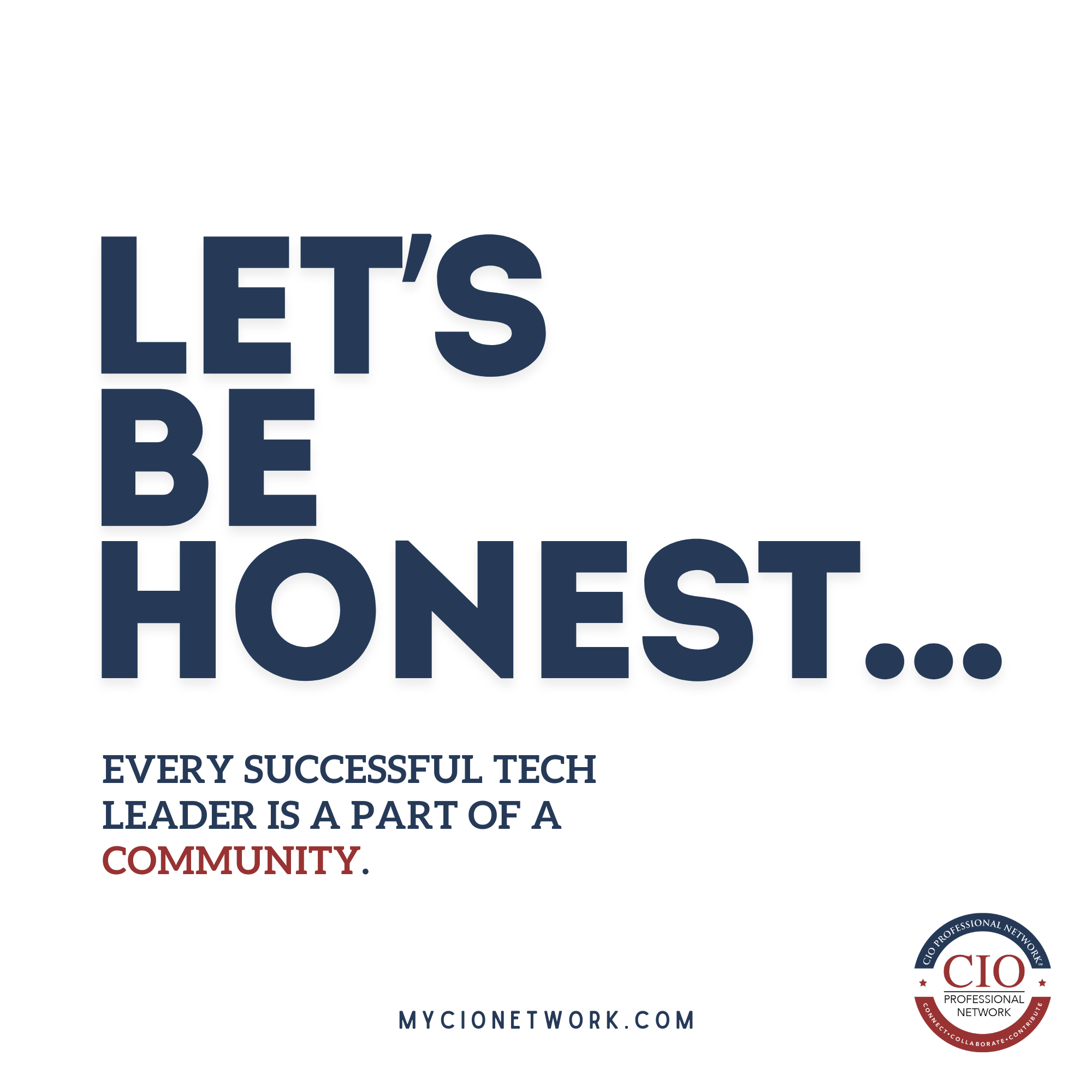AI has officially crossed the threshold from frontier to fixture. For enterprise technology leaders, the question is no longer if AI should be adopted, but how to do so in a way that actually delivers value.
Two major research efforts, CDW’s 2025 AI Report and IBM’s 2024 Global AI ROI Study, offer timely perspectives on that challenge. While they confirm a shared sense of urgency around AI adoption, they also make clear that success is far from guaranteed. The true differentiator in 2025 is not interest in AI, it’s the ability to execute well and translate that execution into measurable outcomes.
For technology leaders under pressure to accelerate AI strategies, this is a call to act wisely, deliberately, and with an eye toward long-term scalability.
The Enthusiasm-Execution Paradox
The top-line numbers are striking. CDW’s report, based on input from over 900 IT leaders, finds that 98% of organizations have launched at least one AI initiative. Yet 62% say they are struggling with execution. IBM’s global study of 2,400 IT decision-makers echoes this story: 85% report progress in rolling out AI strategies, but only 47% are seeing positive ROI from those investments.
The takeaway isn’t that AI is faltering; it’s that most enterprises are still in the messy middle of translating early-stage experimentation into sustainable performance. This disconnect often stems from a few root causes: unclear success metrics, skills shortages, fragmented data environments, and a pace of innovation that outstrips governance structures. Execution is not just a project management problem—it’s a strategic leadership challenge.
Open Source as a Strategic Lever
One of the most compelling threads in IBM’s study is the emerging role of open-source ecosystems as a force multiplier for AI ROI. The research finds that 51% of companies using open-source AI tools report positive ROI, compared to just 41% of companies that rely solely on proprietary solutions. The adoption curve is also accelerating: open-source use in AI is expected to climb from 37% in 2024 to 41% in 2025.
But this shift isn’t just about cost savings. Open-source tools offer architectural flexibility, faster iteration cycles, and access to global innovation communities. For many enterprises, they also reduce the risk of vendor lock-in and enable hybrid cloud strategies that align better with modern data and compute needs.
In this context, open source becomes less of a technology choice and more of a strategic imperative, one that allows CIOs to move faster, test more ideas, and adapt in real time to an evolving AI landscape.
Rethinking ROI: Beyond the Balance Sheet
Both the CDW and IBM studies confirm a major evolution in how enterprises measure the impact of AI. While hard-dollar returns are still tracked, many organizations are now prioritizing operational and innovation metrics, including productivity gains, cycle time reductions, and speed-to-deployment.
According to IBM, only 15% of surveyed companies use traditional cost savings as their primary ROI metric. In contrast, faster software development, more rapid innovation, and time savings have taken center stage. This shift reflects a broader transformation in enterprise culture. AI is no longer viewed purely as a cost center to be justified, it is increasingly seen as a core enabler of agility, resilience, and competitive differentiation.
This means reorienting business cases away from one-dimensional ROI models. Instead, value should be framed in terms of improved decision-making speed, enhanced customer experience, and the ability to pivot faster than competitors.
Closing the Execution Gap
If the ability to execute is now the defining edge in AI, then what sets the successful organizations apart? The answer lies in internal maturity, not just technical capability, but the organizational structures and leadership mindset that drive sustained impact.
Many organizations fail to scale AI due to misalignment between business and IT, lack of governance, or slow feedback loops from pilot testing. In contrast, top-performing enterprises have embedded agile operating models within their AI teams, tied AI initiatives to clear business outcomes, and invested in upskilling both technical and non-technical stakeholders.
Execution excellence demands more than funding and infrastructure. It requires a cultural commitment to iterative learning, cross-functional ownership, and continuous refinement of use cases. CIOs must champion this shift, not just as technology stewards, but as strategic integrators of AI across the enterprise.
Security and Ethics: Executive-Grade Priorities
One area where AI’s impact cuts both ways is cybersecurity. CDW’s data shows that 85% of respondents believe AI can enhance security posture, but also acknowledge the risk of more sophisticated, AI-powered threats. This duality is now a permanent part of the risk landscape.
Equally important is the ethical use of AI, especially as it moves into decisions that affect customers, employees, and communities. Issues of bias, transparency, and accountability are no longer theoretical—they are board-level concerns.
Leaders must ensure their AI deployments are as trustworthy as they are performant, embedding ethics into system design, vendor evaluation, and data governance.
The Wrap
The convergence of findings from CDW and IBM makes one thing clear: The winners in enterprise AI will be those who scale best.
That means aligning AI efforts with business goals, rethinking ROI in dynamic terms, embracing open-source agility, and strengthening the connective tissue between experimentation and execution. AI is becoming the architecture around which future enterprise capability is built. For technology leaders, the challenge isn’t to find more AI use cases, it’s to deliver business value from the ones already in play.
The future belongs to those who act with urgency and execute with precision.






